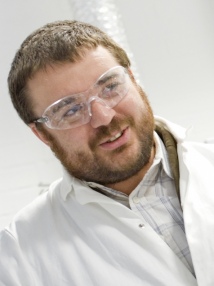BibTex format
@article{Leonzio:2022:10.3303/CET2296001,
author = {Leonzio, G and Fennell, PS and Shah, N},
doi = {10.3303/CET2296001},
journal = {Chemical Engineering Transactions},
pages = {1--6},
title = {Modelling and analysis of direct air capture systems in different locations},
url = {http://dx.doi.org/10.3303/CET2296001},
volume = {96},
year = {2022}
}

